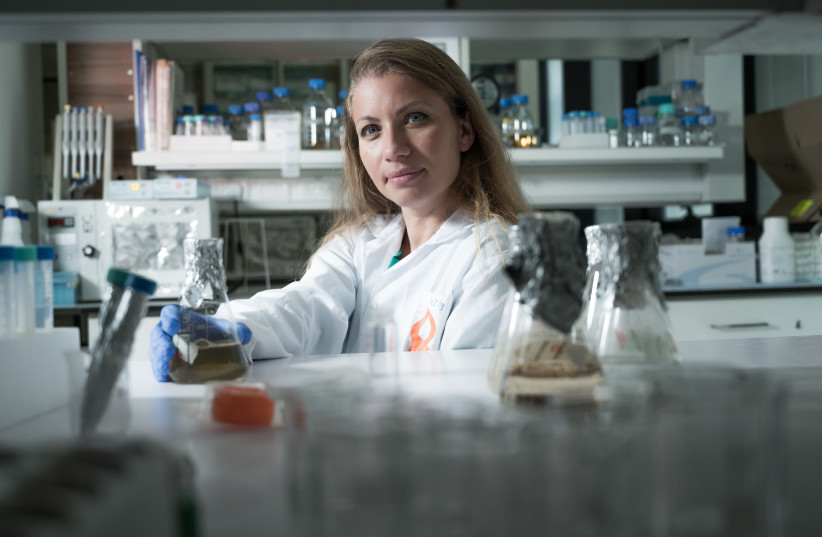Cruciferous vegetables such as broccoli may be able to break down biofilms that cause bacteria to become resistant to antibiotics, researchers from the Ben-Gurion University of the Negev (BGU) in Beersheba have discovered.
So many types of bacteria have become resistant to antibiotics because the pathogens develop biofilms that protect them from being wiped that pharmaceutical companies have much less incentive to develop new antibiotics.
During the research carried out by the BGU team, the phytochemical 3,3'-diindolylmethane (DIM) successfully broke down the biofilms protecting the two different pathogens. It wiped out Acinetobacter baumannii 65% of the time and Pseudomonas aeruginosa 70% of the time; when combined with antibiotics, that number jumped to an impressive 94%.
When they inserted the phytochemical into an infected wound, it sped up the healing process significantly. Antibiotic-resistant bacterial pathogens are increasingly playing a role in rising illness and are preventing wound healing, especially in hospitals.
Further development and commercialization of the technology is currently being undertaken at the startup company LifeMatters, a privately held, pre-clinical-stage biopharmaceutical company that is developing new ways to fight resistant bacteria that often inhabit the lungs of cystic fibrosis (CF) patients and others.

CF is an inherited disease that causes severe damage to the lungs, digestive system and other organs in the body and affects the cells that produce mucus, sweat and digestive juices. These secreted fluids are normally thin and slippery, but in CF patients, a defective gene causes the secretions to become sticky and thick. Instead of acting as lubricants, the secretions plug up tubes, ducts and passageways, especially in the lungs and pancreas.
Prof. Ariel Kushmaro, Dr. Karina Golberg and his team, together with Prof. Robert Marks – all members of BGU’s Goldstein-Goren Department of Biotechnology Engineering – recently chronicled their findings in the peer-reviewed journal Pharmaceutics under the title “Anti-Virulence Activity of 3,3’-Diindolylmethane (DIM): A Bioactive Cruciferous Phytochemical with Accelerated Wound Healing Benefits."
Additional researchers from Prof. Kushmaro’s lab included Bat-el Kagan, Sigalit Barzanizan, Dr. Karin Yaniv and Dr. Esti Kramarsky-Winter, all of whom collaborated with researchers from Near East University and Girne American University in Cyprus.
“By eliminating the P. aeruginosa bacterial biofilm, they make it possible for the innate immune system to eradicate the infection, improve the quality of life and prolong the life-span of CF patients, so that patients can live fuller lives with a much-more-treatable infection. Our findings show promise for other avenues of research in addition to known classes of antibiotics,” concluded Kushmaro.
